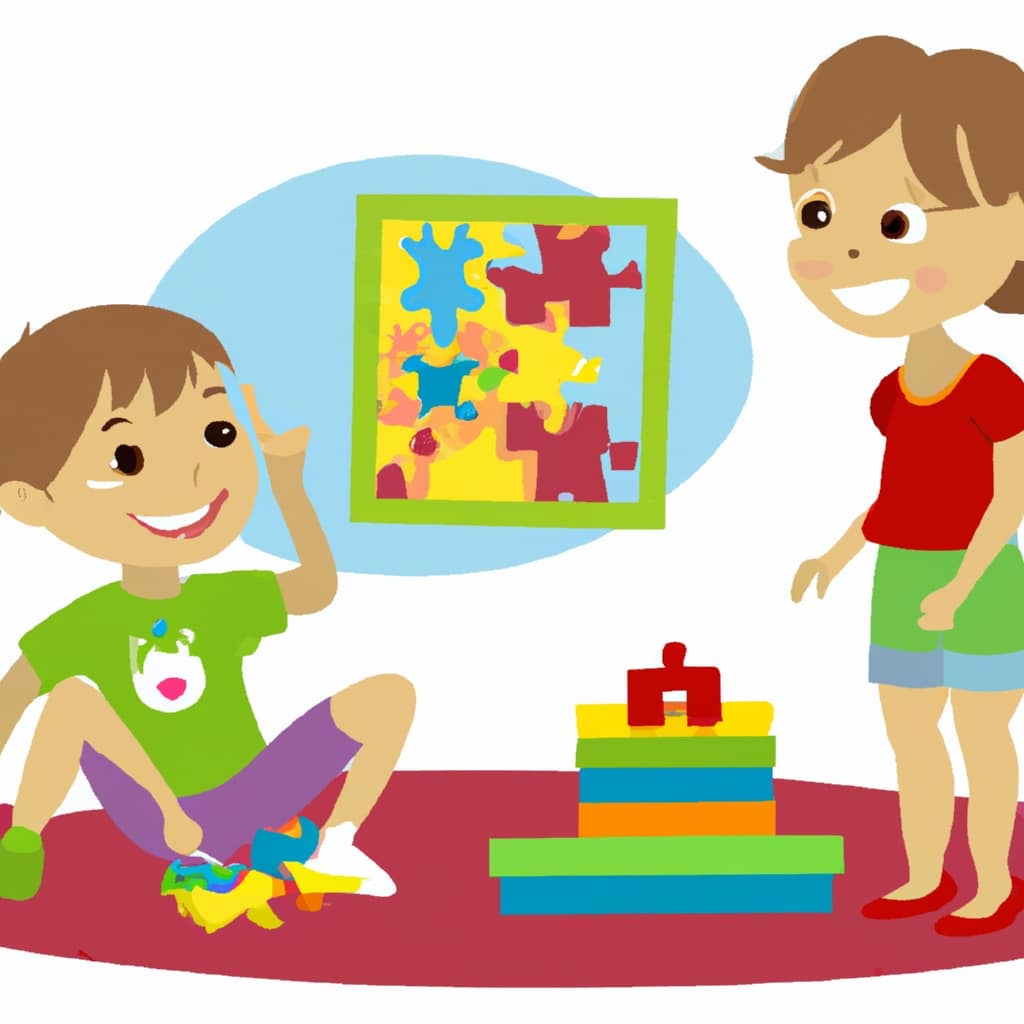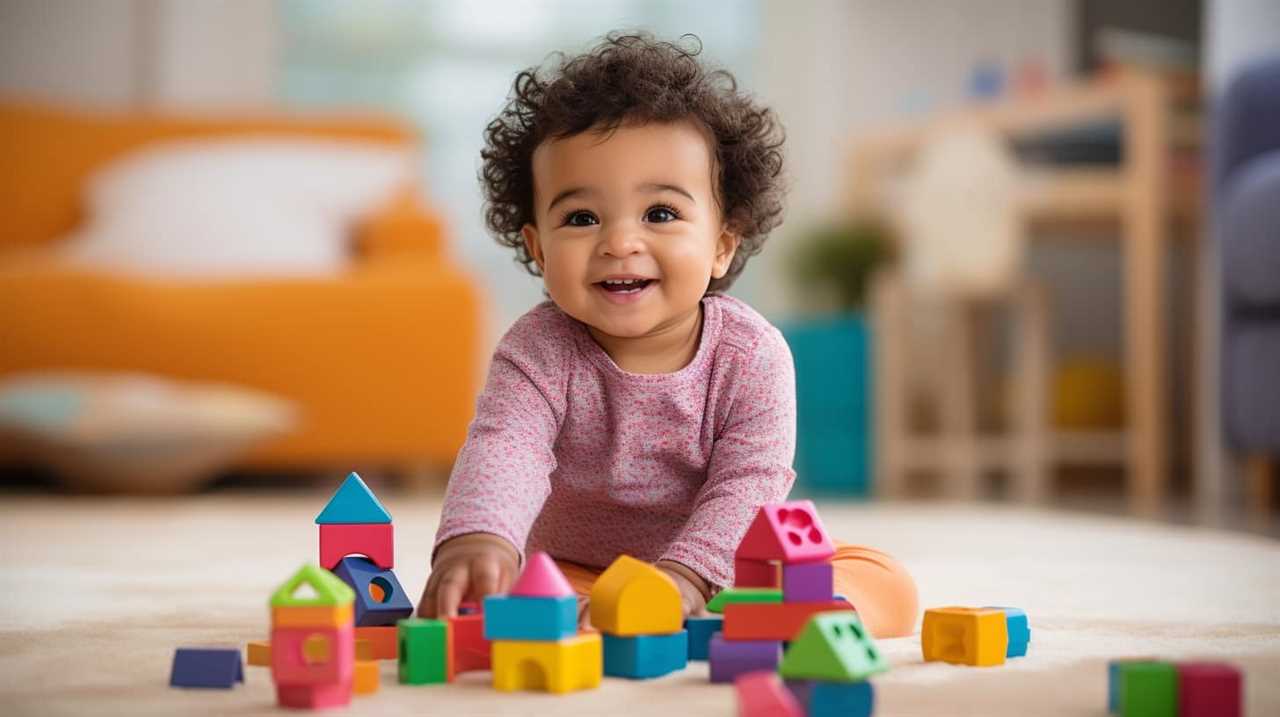To encourage early language skills, choose toys like phonics games and alphabet puzzles. Phonics games help your child connect sounds with letters through fun activities, boosting their confidence and decoding skills. Alphabet puzzles strengthen fine motor skills while familiarizing them with letter shapes and sequences. These toys make learning engaging and interactive, making complex concepts feel like play. Keep exploring for more ways to support your child’s literacy development through enjoyable activities.
Key Takeaways
- Educational toys like phonics games and alphabet puzzles promote early literacy by making learning engaging and interactive.
- Phonics games introduce sound-letter relationships, boosting decoding and recognition skills through fun repetition.
- Alphabet puzzles help children recognize letter shapes, names, and sequences, strengthening visual and phonemic connections.
- Toys that combine visual cues and auditory feedback enhance comprehension and build confidence in early readers.
- Using a variety of literacy-focused toys supports foundational skills critical for lifelong reading success.

Introducing the right toys can make early reading both fun and engaging for your child. When you choose toys that promote literacy, you’re helping your little one develop essential skills that lay the foundation for lifelong reading success. Two fantastic options to consider are phonics games and alphabet puzzles. These toys are not only educational but also interactive and enjoyable, making learning feel like play rather than a chore.
Phonics games are a brilliant way to introduce your child to the relationship between sounds and letters. With these games, your child can practice blending sounds, recognizing letter-sound correspondences, and developing decoding skills in a playful environment. Many phonics games come with colorful cards, fun characters, and simple instructions that keep your child’s attention. As they engage with these games, they start to understand that letters and sounds are connected, which is vital for early reading. Plus, these games often encourage repetition, helping your child reinforce what they’ve learned in a relaxed setting. The interactive nature of phonics games makes learning engaging, encouraging your child to experiment with sounds and build confidence in their reading abilities. Incorporating visual and auditory cues can further enhance their understanding of phonemic relationships.
Alphabet puzzles are another excellent toy for fostering early literacy. They typically feature large, chunky pieces that are easy for little hands to grasp, each representing a letter of the alphabet. When your child puts together an alphabet puzzle, they’re not just learning the shape and name of each letter—they’re also starting to recognize letter patterns and sequences. This hands-on activity helps solidify the connection between visual symbols and their sounds, making it easier for your child to identify letters in words later on. Alphabet puzzles can be used in different ways; you can focus on matching uppercase and lowercase letters or arrange the pieces in alphabetical order. As your child manipulates the puzzle pieces, they develop fine motor skills alongside their literacy skills. Plus, completing puzzles gives a sense of achievement, boosting their confidence and encouraging further exploration of reading-related activities. Using puzzles that incorporate letter-sound correspondence can make the learning even more effective.
Frequently Asked Questions
What Age Is Best for Introducing Literacy Toys?
You should introduce literacy toys during early childhood, especially around ages 1 to 3. At this stage, play-based learning is essential, and toys that promote letter recognition, sounds, and storytelling help your child develop foundational skills. By engaging with these toys early, you foster a love for reading and learning. Keep activities fun and interactive, ensuring your child stays motivated and enthusiastic to explore new words and concepts.
How Do Literacy Toys Support Language Development?
Imagine a world where learning feels like play—literacy toys make that happen. They support your child’s language development by boosting phonemic awareness, helping kids recognize sounds, and expanding vocabulary building. As your child engages with colorful, interactive toys, they naturally develop essential skills for reading. These playful tools turn language learning into an exciting adventure, setting a strong foundation for future literacy success.
Are There Toys Suitable for Bilingual Children?
You’ll find many toys designed for bilingual children that support their language development. These toys help build bilingual vocabulary and encourage language switching naturally. For example, bilingual storybooks or interactive games often include both languages, making it easier for your child to develop skills in each. By choosing these toys, you help your child embrace their bilingualism while strengthening their understanding and use of both languages.
How Can Parents Assess a Toy’S Educational Value?
You might think evaluating a toy’s educational value is complicated, but it’s simple. First, check for toy safety to ensure it’s free from hazards. Then, consider the brand reputation—trusted brands often prioritize quality and learning. Look for features that promote skills like reading or problem-solving. By doing this, you confidently choose toys that support early literacy and safety, giving your child a fun, enriching experience.
What Role Do Caregivers Play Alongside Literacy Toys?
Caregiver involvement is essential in maximizing literacy toys’ benefits. By engaging in interactive reading with your child, you help develop their language skills and foster a love for learning. Your active participation encourages curiosity and comprehension, making playtime educational. When you read together and ask questions, you create a supportive environment that enhances the toy’s educational value, laying a strong foundation for early reading success.
Conclusion
By choosing the right toys, you can turn playtime into a powerful tool for fostering early reading skills. Imagine your child enthusiastic about pulling out alphabet puzzles or story-building blocks, excited to explore words and stories. For instance, a preschooler who loves letter magnets may quickly recognize words, boosting confidence. With a bit of intentional play, you’re helping your little one develop essential literacy skills that set the foundation for a lifelong love of reading.











